Why A B2B Website Should Cost $10,000+
Last Updated: October 29, 2022
In today’s post, I want to break down a common misalignment between B2B website purchasers and agencies when it comes to website development. Website pricing, like all goods and services, is driven by supply and demand. Website supply is somewhat flooded with drag and drop website builders and DIY options on platforms like Wix and Squarespace, and a never-ending shortage of foreign labor offering to build a website for something close to free. These options have created a skewing in perception in pricing between the cost of a website vs a good website. In this post, I’ll break down some of the reasons a good B2B website should cost $10,000 or more.
Website Purchasing Assumptions
Before we dive into the specifics on pricing, let’s clarify a few assumptions on what types of purchasers this post really applies to:
- Based in the United States
- Buying a website for a business with 500k or more in revenue
- Seeking to grow
- Seeking to acquire leads/customers via the online channel
- Plans to spend additional marketing dollars on digital advertising and content marketing to bring prospects to the website
If you don’t meet these criteria then you are likely ok with minimizing the purchase price of your companies website and focusing on cold outreach via cold calling, or cold emailing in order to generate new business. A website in that case will really only need to serve as a check of the box in order to provide legitimacy to the business, not facilitate self-serve online research or shopping.
Types of Resources Involved In Building A Website
When thinking about why a good website should cost $10,000 or more, it’s helpful to understand the types of resources that might be involved in building your website or working on a web development team at an agency.
Human Resources
- Web Designer
- Copywriter
- Web Developer
- SEO Specialist
- Project Manager
- Marketing Strategist
Digital Resources
- Stock photos, videos, and other creative assets
- Subscriptions to design software such as Adobe Creative Cloud
- Subscriptions to SEO Software such as SEMRush, or AHrefs
- Subscriptions to project management software such as Monday.com
- Premium plugins or themes
Physical Resources
- Computers
- Mice, monitors, and other peripherals
- Office space and other overhead
What Goes Into Building A Single Web Page
When building a website that’s designed to generate leads on the internet you have to realize that your website must be competitive in a comparison shopping scenario. That means your website needs to have differentiated branding, the information needed for a prospect to make a decision, a compelling offer, and an understanding of the competitive landscape to make sure your positioning will attract your target buyers.
You also should understand that people usually only visit a handful of pages on your website before making a contact decision, and you have to assume that each page on your website will be the first page that the prospect lands on as part of their journey. That means you need to have every page on your website of a quality that’s capable of convincing them to move on to the next step in the buyer’s journey.
Let’s assume that a standard web page will need the following resources involved in its creation:
- Web Designer 2-4 hours
- Copywriter 2-4 hours
- Web Developer 4-8 hours
- SEO Specialist 1 hour
- Marketing Strategist 1 hour
That’s between 8 and 18 hours of time spent per web page.
Let’s assume that the minimum time is needed and that every resource costs $50 an hour to employ. That leaves us around $400 per standard web page created.
What Types Of Web Pages Need To Be Built?
A simplistic DIY website may have around 4-5 pages:
- Home
- About
- Contact
- Services
However, a business website that’s aiming to generate leads from the online channel needs to have a service description page for each individual service offered in order to attract search engine traffic. In my experience, most businesses have between 5-7 individual service offerings that may need their own individual pages. A business website is also going to need a blog and a blog typically has at least 2 templates that are going to need customization, the main blogroll page, and the individual post page template. There are also a handful of other templates such as a 404 page, taxonomy pages, search results pages, and possible PPC landing pages, however, we are going to ignore those for now. That leaves us with about 12 significant pages to build.
- Home Page
- About Page
- Contact Page
- 7 Service Description Pages Or Other Types Of Standard Landing Pages
- Blogroll Page
- Single Post Page
Using our minimum cost to build a standard web page above of around $400, that leaves us with 12 standard pages @ $400 each for a total cost of $4,800.
Additional Project Costs
Building the site’s pages is only a portion of the overall project. Once the site is built there are a couple of other activities, these include items like the installation and configuration of sitewide SEO, analytics tools, conversion rate optimization tools, and other miscellaneous sitewide configuration items. There’s also the time spent migrating the site from the development environments to the production environment, pointing the domain over, and hosting configuration. These activities all would be referred to as publishing. Lastly, once the site is published, there is a need to conduct quality assurance activities to ensure that the site looks good across devices, and browsers. Bug volume here should typically be pretty low for a standard business website, but any bugs that are found also need to be fixed. These activities in aggregate can take another 20-40 hours of time. Again let’s assume the minimum of 20 hours @ $50/hr = $1,000 and add that to our project total. This brings the total up to $5,800.
The biggest time sink in most web development projects is communication back and forth between the agency and the customer. A good rule of thumb is to add about 15% of the total project size as a project management cost. 15% of our total project cost is $5,800 * 15% = $870. $5,800 + $870 = $6,670
Factoring In Overhead As Part Of How Much A Good B2B Website Should Cost
In our example so far we’ve used the minimum estimates of the time it takes to build a quality website from the types of resources involved and we’re still at around $6,500 in cost. We’ve also used a conservative estimate in hourly rates for the resources involved. Businesses can’t charge the cost of a project if they want to stay in business long. They have to charge enough to cover overhead expenses such as office space, computers the work is performed on, software used to produce the outputs. For most healthy service businesses direct labor expenses should be around 60% of the companies revenue. Of the remaining 40% around 20% goes to overhead and 5-8% to sales and marketing expenses, and 10-15% goes to profit.
Basically what that means is that a B2B website that costs $6,000 in direct labor expenses to produce should be priced at around $10,000 in order for the agency to have sustainable operations.
Consider The Websites Value and Potential For ROI Over Website Cost
In this post, we’ve outlined some of the behind the curtain costs and resources that go into an agency building a website for your business. We’ve used some conservative estimates to outline what it takes to build a website and as a purchaser of a B2B website you should be wary of the price that a prospective agency is charging. $10,000 should serve as a good starting point, and many companies spend far more than that to build a durable digital marketing asset for their brand in order to generate leads online. If you’re considering spending less than that, I can pretty much guarantee you’re getting shortchanged in a key area, be it SEO, copywriting, or design, and it will show itself as time goes by and your website is stress-tested by the market. Minimizing cost is a concern for every business owner, but spending too little is a good way to wind up buying a lemon that doesn’t get you any results.

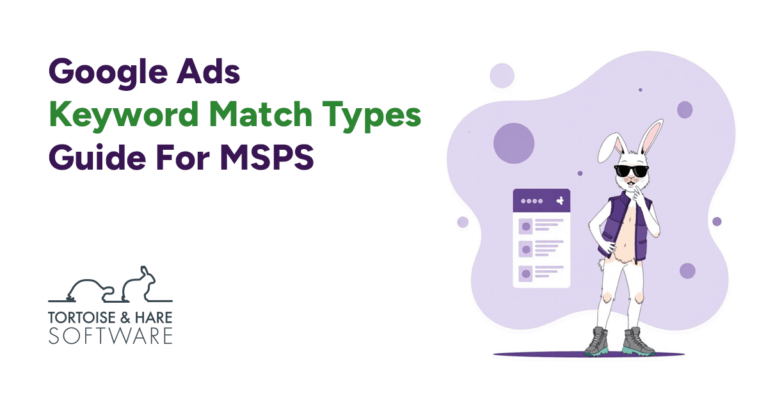
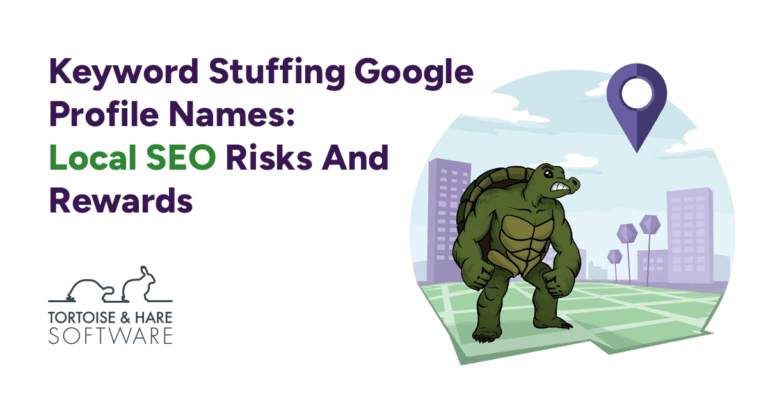

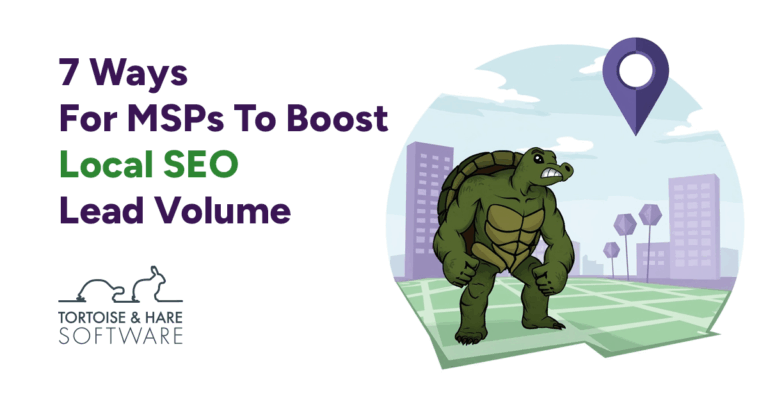
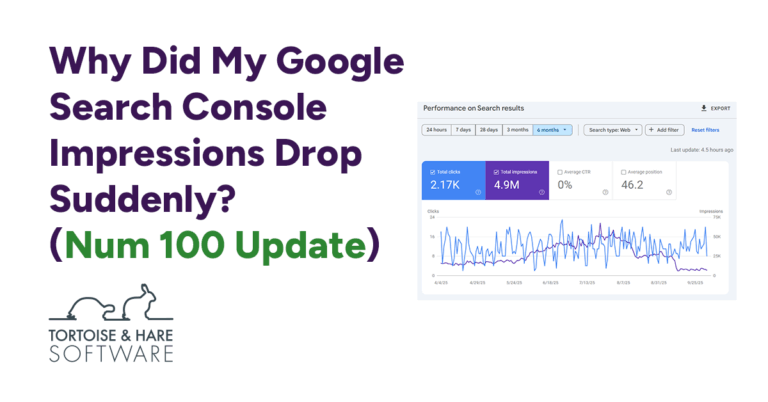
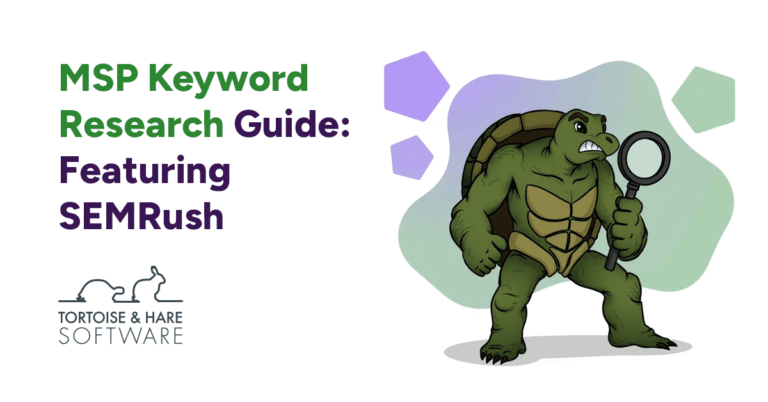


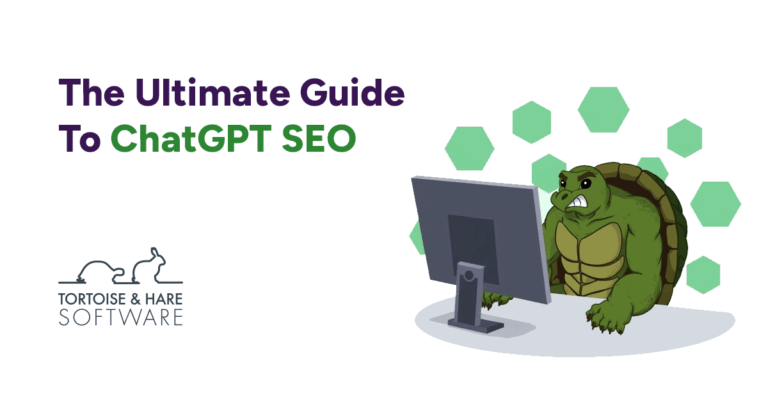
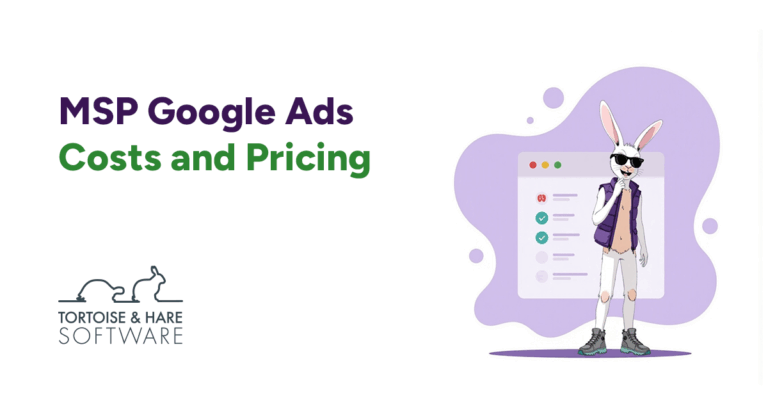

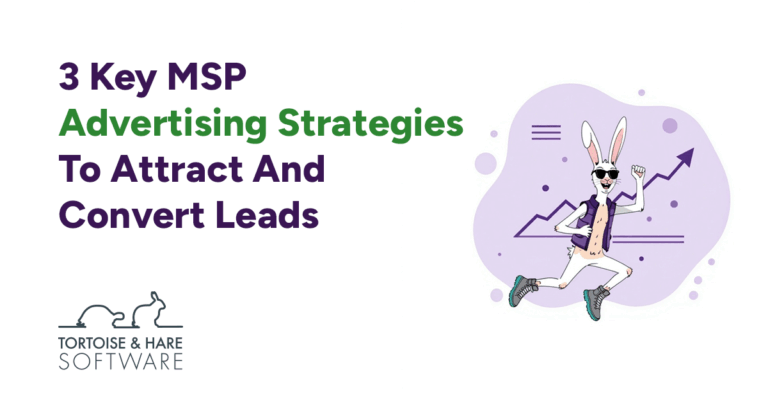


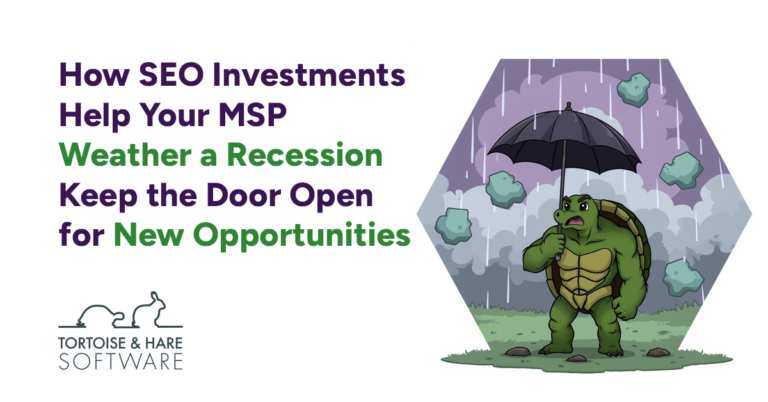
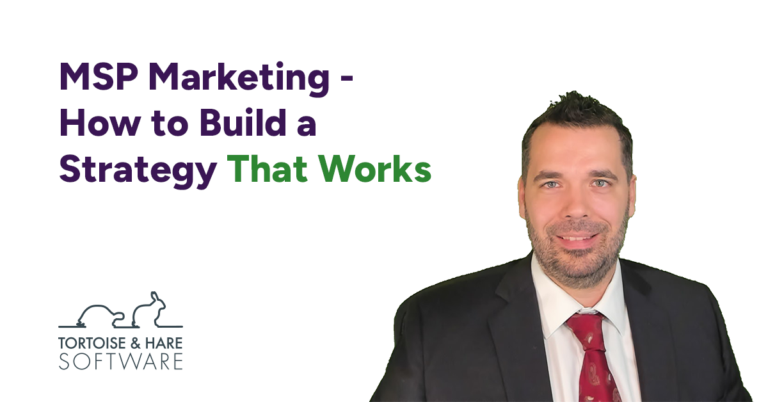

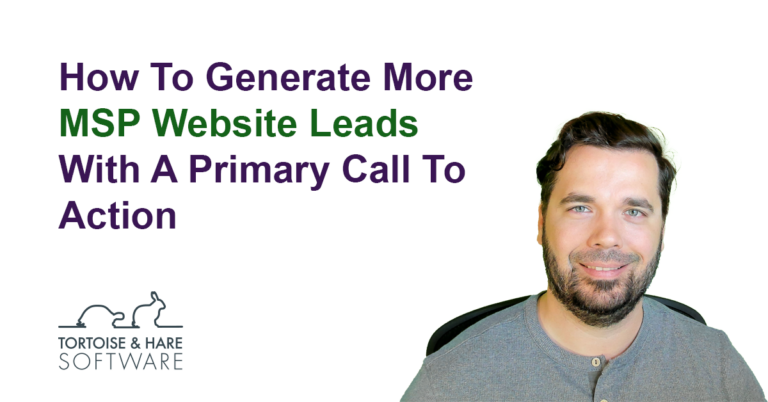

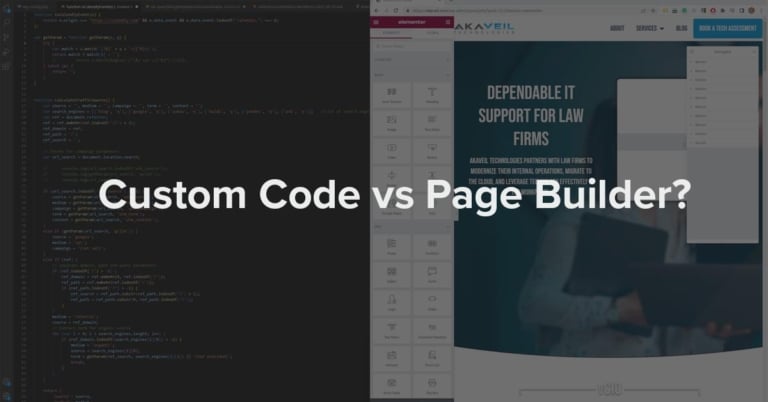
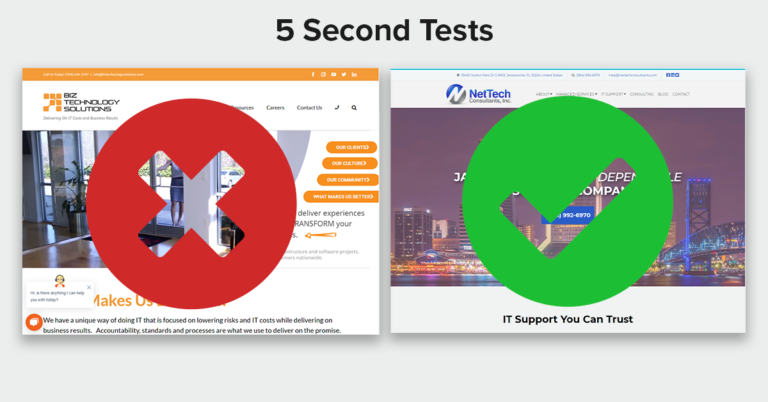


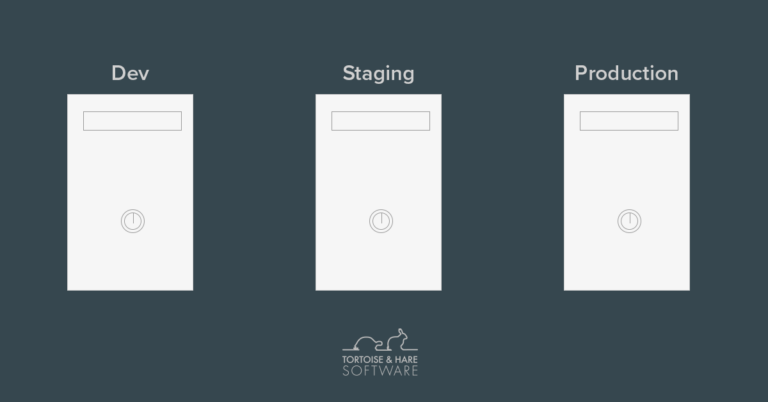

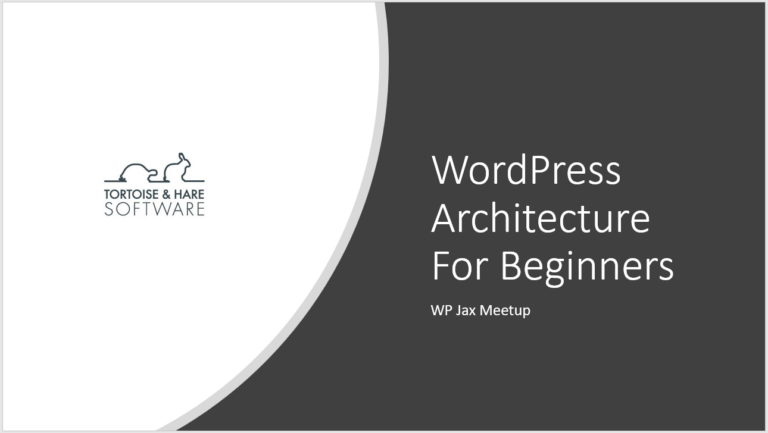



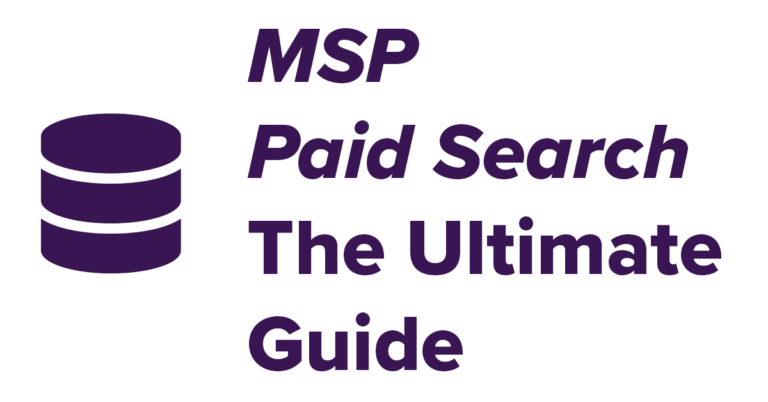
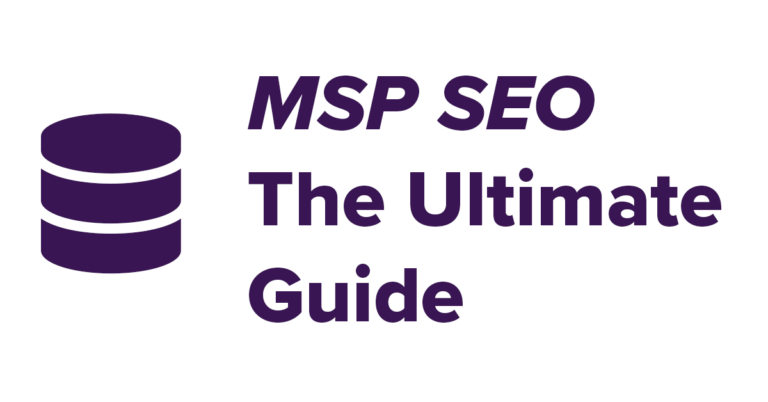


Leave a Comment